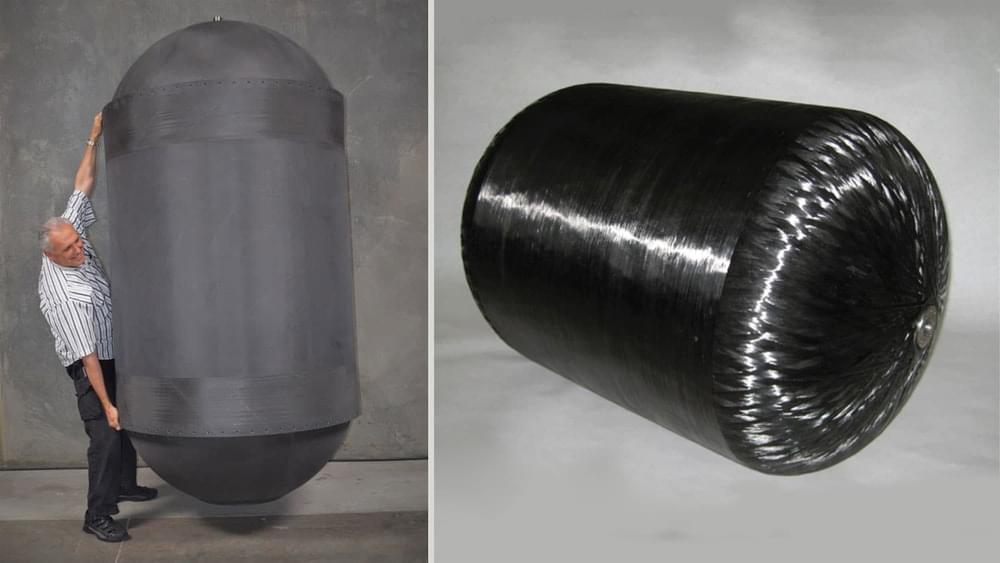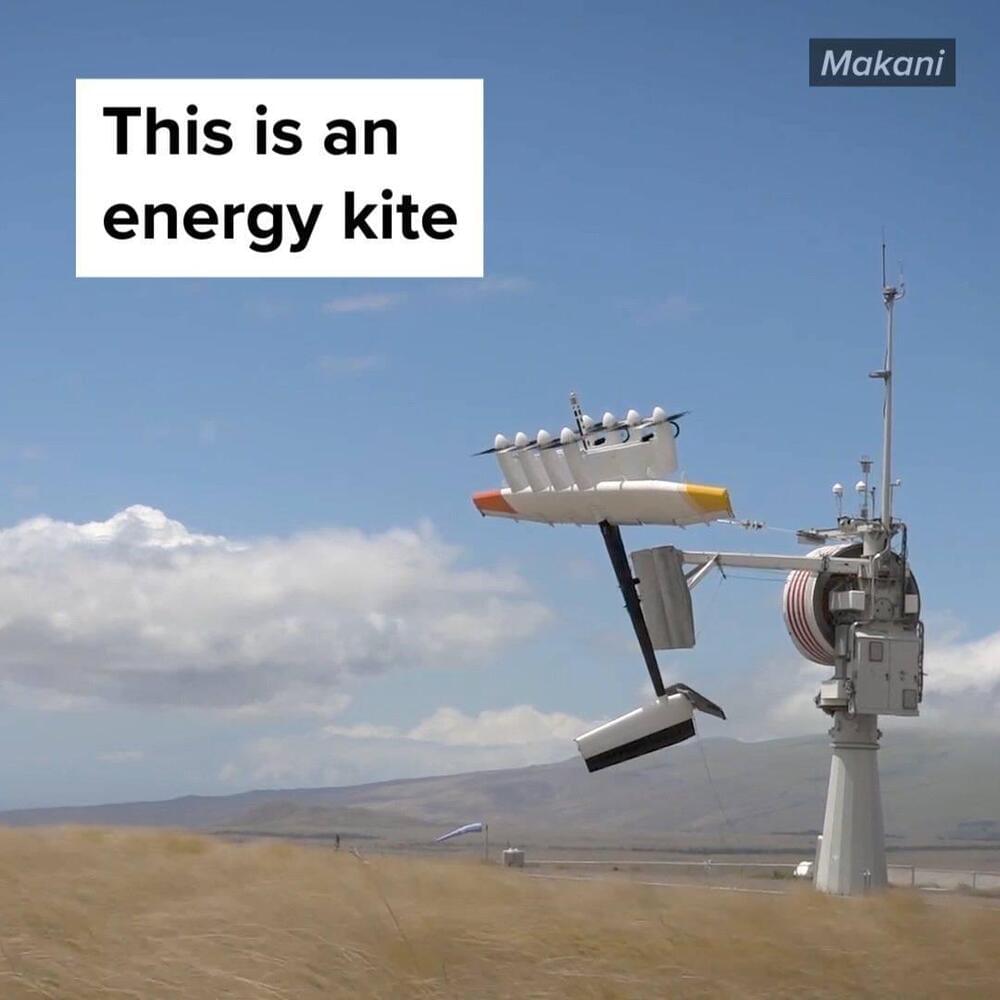Archive for the ‘energy’ category: Page 157
Apr 25, 2022
High-flying kites could power your home with wind energy
Posted by Shubham Ghosh Roy in categories: energy, sustainability

Kitekraft discusses airborne wind turbines as well as the sustainability of kite-powered systems that are lightweight and have a lower carbon impact.
Apr 25, 2022
HyPoint extends hydrogen flight range with new ultra-light fuel tanks
Posted by Shubham Ghosh Roy in categories: energy, transportation
BHL Cryotanks have demonstrated a 75% mass reduction compared to existing state-of-the-art aerospace cryotanks (metal or composite), enabling hydrogen aircraft and eVTOL makers to store as much as 10 times more liquid hydrogen fuel without adding mass. As a result, aircraft can travel longer distances without refueling.
GTL has fabricated and tested multiple BHL Cryotanks at a range of scales and has been demonstrated to be leak-tight even after repeated cryo-thermal pressure cycles. This technology has achieved TRL 5+ and is compatible with a variety of cryogenic propellants, including liquid oxygen, liquid methane, and liquid hydrogen.
The BHL Cryotank pictured here measures 2.4 meters long with a 1.2-meter diameter and weighs 12 kilograms (roughly 26 pounds). With the addition of a skirt and vacuum dewar shell, the total system weight is 67 kilograms. This particular tank system can hold over 150 kilograms of liquid hydrogen, giving it a hydrogen storage ratio of at least 50% (the weight of stored hydrogen fuel relative to total system weight), which is as much as 10 times greater than current state-of-the-art fuel tanks. HyPoint estimated that an aircraft equipped with GTL dewar tank technology could achieve as much as four times the range of a conventional aircraft using aviation fuel, cutting aircraft operating costs by an estimated 50% on a dollar-per-passenger-mile basis.
Apr 25, 2022
A mudslide killed his adoptive family when he was 17 years old
Posted by Raphael Ramos in category: energy
Now, this up-and-coming entrepreneur recycles coconut waste to help prevent deadly landslides. Meet Alhaji Siraj Bah, founder of Rugsal Trading, who overcame tragedy and is using an alternative to wood for cooking fuel.
Apr 25, 2022
Skeletonics is a 9-foot-tall exoskeleton suit that doesn’t require any electricity
Posted by Shailesh Prasad in categories: cyborgs, energy
The suit relies on kinetic energy from the user to mirror every move they make. In a demo held at Haneda Innovation City, a man demonstrated some of what the suit is capable of.
Apr 23, 2022
Surveillance drone saves power
Posted by Shubham Ghosh Roy in categories: drones, energy, surveillance
A prototype surveillance drone can save power and stay on task for longer by sticking to walls and powering down its rotors, but only by making a crash landing.
Apr 22, 2022
TEF Design creates living wall for San Francisco substation
Posted by Shubham Ghosh Roy in categories: energy, materials
A lush green wall and back-lit fibreglass panels are found on the exterior of an electrical substation extension that was designed by TEF Design to achieve net-zero energy consumption.
Owned by the utility company Pacific Gas and Electric, the Larkin Street Substation Expansion is located on a mid-block site in the city’s Tenderloin neighbourhood. It adjoins a concrete structure built in 1962 to supply power to the northeastern part of San Francisco.
For the constrained site, local firm TEF Design conceived a two-storey addition that totals 12,200 square feet (1,133 square metres). The extension rises 50 feet (15 metres) at its highest point.
Apr 22, 2022
Taller Wind Turbines To Get TLC From 3D Printing
Posted by Shubham Ghosh Roy in categories: 3D printing, energy, finance, sustainability
GE is ready to rock the world of onshore wind turbines with 3D printing for a new concrete base.
Vast swaths of the US have yet to be tapped for wind energy, partly on account of politics and partly because wind speeds in those areas are less than optimal. Only the voting public can take care of the political end. Meanwhile, engineers and innovators are hammering away at the wind speed issue, which can be solved by building taller wind turbine towers. That’s not as easy as it sounds, but GE Renewable Energy is banking on 3D printing to overcome the obstacles.
Why Not Taller Wind Turbines?
Continue reading “Taller Wind Turbines To Get TLC From 3D Printing” »
















